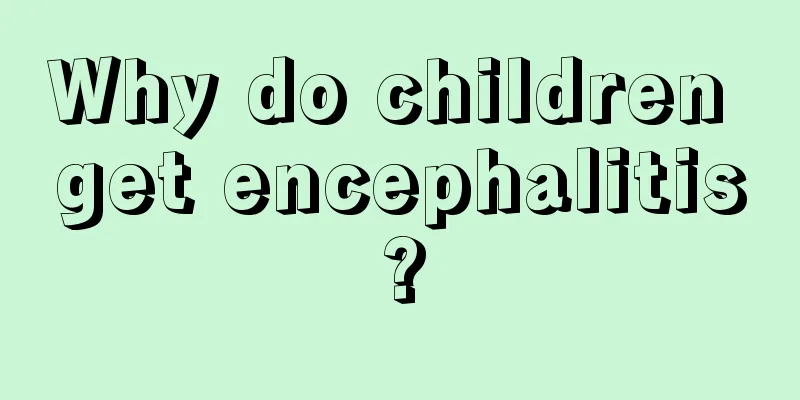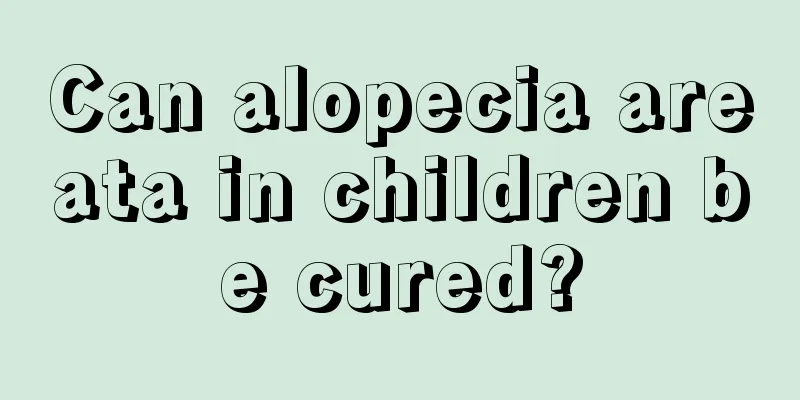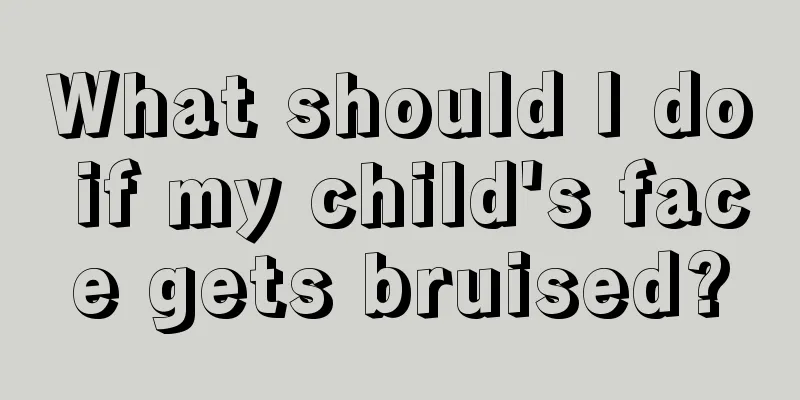Why do children get encephalitis?

|
Everyone knows that encephalitis is very harmful, especially when it occurs in children. If it is not treated in time, leaving serious sequelae is not the most serious thing. The most serious thing is that the child loses his life. Therefore, many parents will cry in anxiety when they hear that their children have encephalitis. But why do children get encephalitis? What causes this disease? Encephalitis refers to an inflammatory lesion caused by the invasion of brain parenchyma by pathogens. The vast majority of causes are viruses, but they can also be caused by infections such as bacteria, fungi, spirochetes, rickettsia, parasites, etc. Some may be allergic diseases, such as acute disseminated encephalomyelitis. Encephalitis usually refers to viral encephalitis and post-infectious encephalomyelitis, which is acute disseminated encephalomyelitis. Encephalitis can occur in different genders and ages, and is usually acute or subacute. Clinically, it is characterized by symptoms such as high fever, headache, vomiting, coma, and convulsions, most of which are accompanied by changes in cerebrospinal fluid composition. Prevention and treatment should be carried out according to different causes. Viral encephalitis viruses do not have a cellular structure and are divided into two categories based on the different nucleic acid components: one is the deoxyribonucleic acid virus (DNA virus): including parvovirus, papillomavirus (which causes progressive multifocal leukoencephalopathy), adenovirus, herpes virus, and varicella-zoster virus. The other is the RNA virus: including picornaviruses (poliovirus, coxsackievirus, ECHO virus), arboviruses, myxoviruses (influenza virus), paramyxoviruses (measles virus and mumps virus), arenaviruses (lymphocytic choriomeningitis virus), and rhabdoviruses (rabies virus). Viral encephalitis can be divided into acute, subacute and chronic encephalitis according to the severity of onset. According to the type of virus and the route of infection, it can be divided into arbovirus, enterovirus, respiratory virus, herpes virus encephalitis, etc. Depending on the incidence of the disease, it can be divided into epidemic and sporadic encephalitis. It is generally believed that acute encephalitis represents acute viral infection, while subacute or chronic onset such as subacute sclerosing panencephalitis and corticostriatal spinal cord degeneration represent chronic viral infection. Meningitis can be caused by any viral or bacterial infection. Herpes simplex virus is the most common cause of meningitis in newborns. Sometimes, but rarely, meningitis can follow measles, rubella, or chickenpox. Less commonly, some vaccines contain live viruses that can cause meningitis. Most cases of encephalitis in children are caused by viral infection. Sometimes, this phenomenon can also occur due to a severe cold. It should be noted that encephalitis is sometimes easily confused with other diseases. Therefore, when a child is feeling unwell, it is best to take the child to the hospital for examination in time to be safer. It is best to go to a regular hospital for timely treatment, and most cases can be cured. |
<<: What should I do if my baby has a runny nose and eye mucus?
>>: What are the signs of meningitis in children?
Recommend
What to do if your child is frequently constipated
In fact, we know that once a child is constipated...
Treatment for baby's cough and vomiting in the middle of the night
We all know that many people have experienced cou...
What should I do if my two-year-old baby has teething pain?
Two-year-old babies are in the period of growing ...
What can’t babies with anemia eat? These foods should be avoided
There are many foods in life that children can ea...
Your child doesn’t like to eat fruit? 5 tips to make your kids fall in love with fruit!
Your child doesn’t like to eat fruit? 5 tips to m...
What to do if water gets into a child's ear
In daily life, many people accidentally let some ...
What is the cause of neonatal jaundice transfusion?
Neonatal jaundice is very common in newborns. Mos...
How to treat tuberculous pleurisy in children
The treatment of tuberculous pleurisy in children...
What are the symptoms of intellectual disability in newborns?
The intellectual development of children is very ...
What to do if your child has low blood sugar
Children are more likely to get sick because of t...
What causes bad breath in children?
Children also face the problem of bad breath. Usu...
Why does my child have bad breath in the morning?
When babies wake up in the morning, they have bad...
What to do if a child has a burn
Burns are a common phenomenon in our lives, and m...
What should a three-year-old baby eat when he gets angry?
It is normal for babies to experience some discom...
What are the development indicators of a two-month-old baby?
Many parents are worried about their children'...









